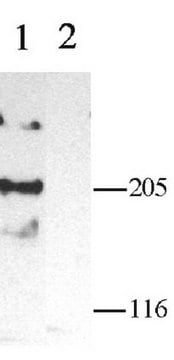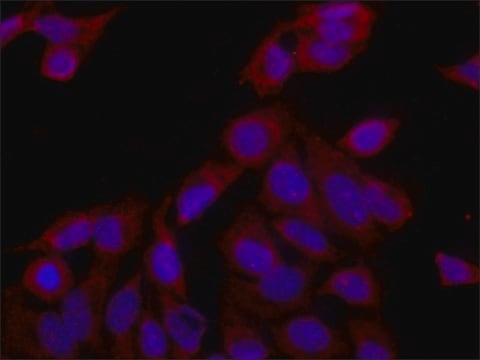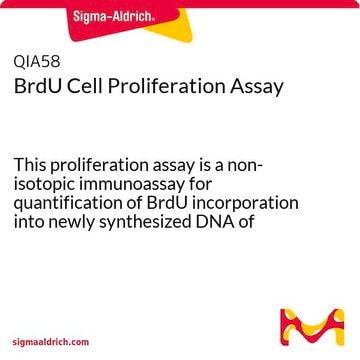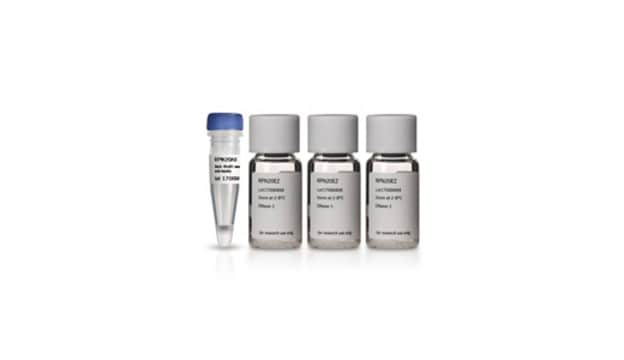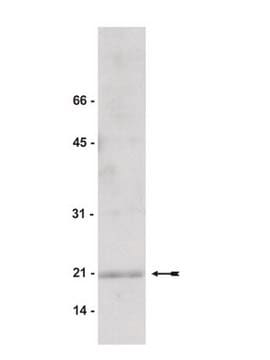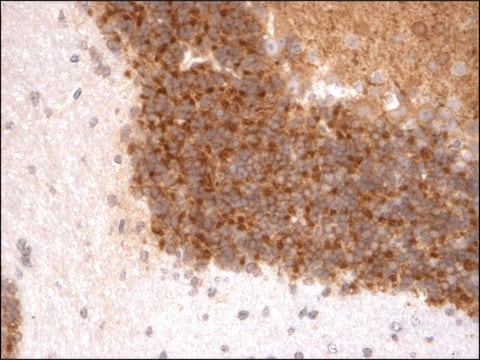P0358
Anti-Potassium Channel Kv4.3 antibody produced in rabbit
affinity isolated antibody, lyophilized powder
Sinonimo/i:
Anti-BRGDA9, Anti-KCND3L, Anti-KCND3S, Anti-KSHIVB, Anti-KV4.3, Anti-SCA19, Anti-SCA22
Scegli un formato
CHF 339.00
Spedizione prevista il29 maggio 2025
Scegli un formato
About This Item
CHF 339.00
Spedizione prevista il29 maggio 2025
Prodotti consigliati
Origine biologica
rabbit
Livello qualitativo
Coniugato
unconjugated
Forma dell’anticorpo
affinity isolated antibody
Tipo di anticorpo
primary antibodies
Clone
polyclonal
Stato
lyophilized powder
Reattività contro le specie
rat, human
tecniche
immunohistochemistry (formalin-fixed, paraffin-embedded sections): suitable
western blot (chemiluminescent): 1:200
N° accesso UniProt
Temperatura di conservazione
−20°C
modifica post-traduzionali bersaglio
unmodified
Informazioni sul gene
human ... KCND3(3752)
rat ... Kcnd3(65195)
Descrizione generale
Immunogeno
Applicazioni
Azioni biochim/fisiol
Stato fisico
Esclusione di responsabilità
Non trovi il prodotto giusto?
Prova il nostro Motore di ricerca dei prodotti.
Avvertenze
Warning
Indicazioni di pericolo
Consigli di prudenza
Classi di pericolo
Acute Tox. 4 Dermal - Acute Tox. 4 Inhalation - Aquatic Chronic 3
Codice della classe di stoccaggio
6.1C - Combustible acute toxic Cat.3 / toxic compounds or compounds which causing chronic effects
Classe di pericolosità dell'acqua (WGK)
WGK 3
Punto d’infiammabilità (°F)
Not applicable
Punto d’infiammabilità (°C)
Not applicable
Scegli una delle versioni più recenti:
Possiedi già questo prodotto?
I documenti relativi ai prodotti acquistati recentemente sono disponibili nell’Archivio dei documenti.
Active Filters
Il team dei nostri ricercatori vanta grande esperienza in tutte le aree della ricerca quali Life Science, scienza dei materiali, sintesi chimica, cromatografia, discipline analitiche, ecc..
Contatta l'Assistenza Tecnica.